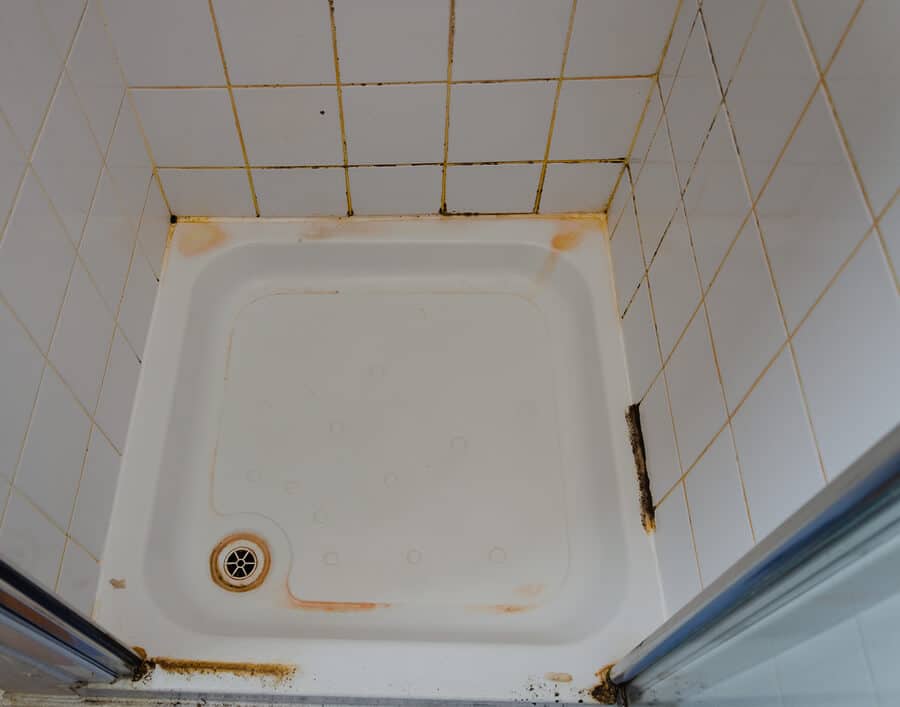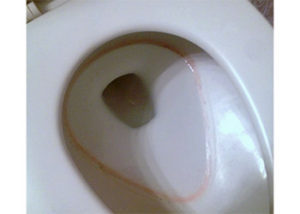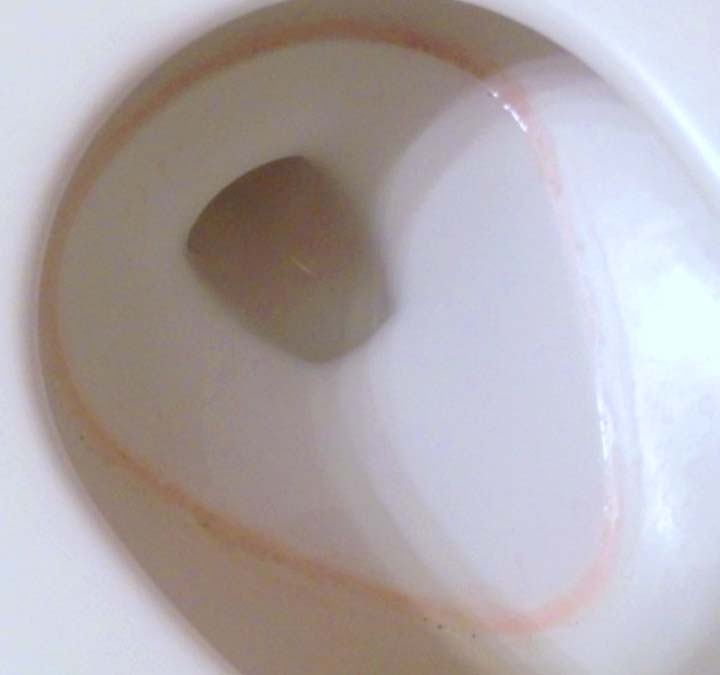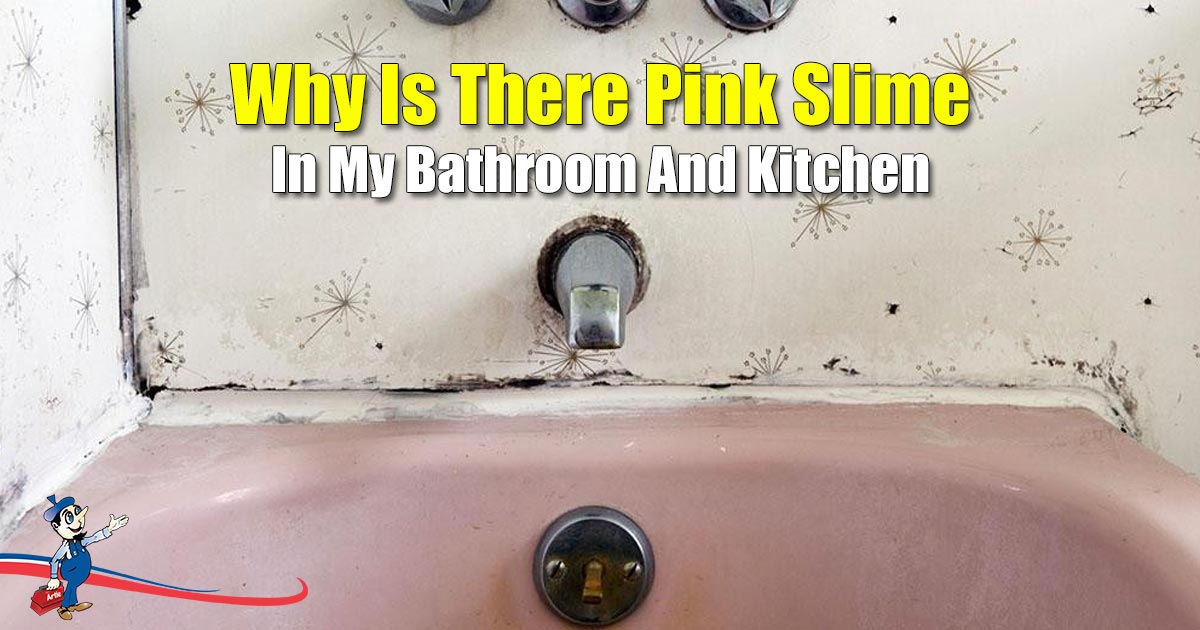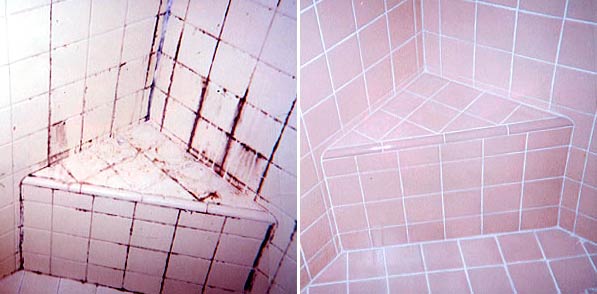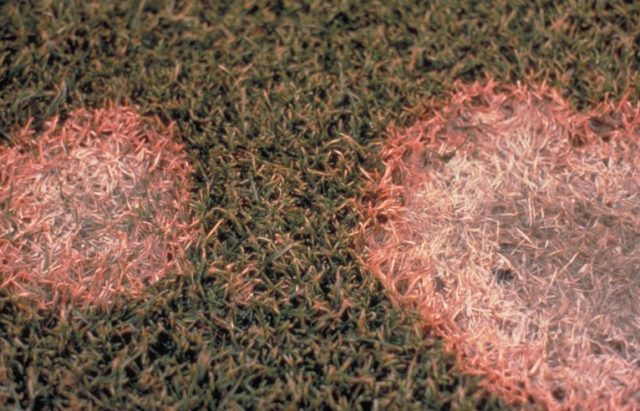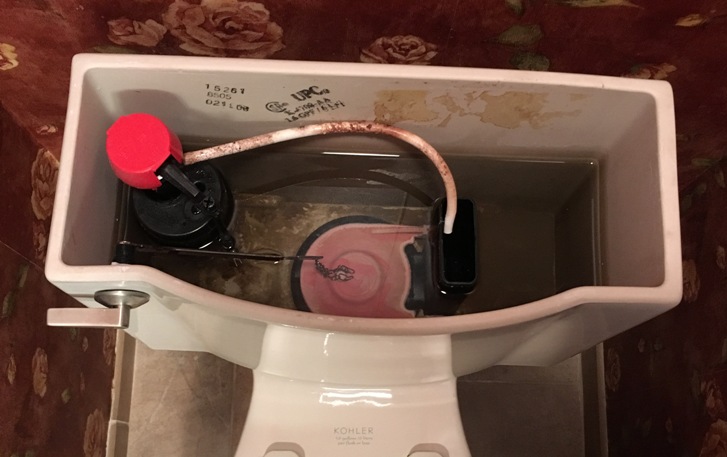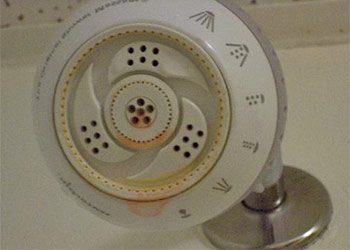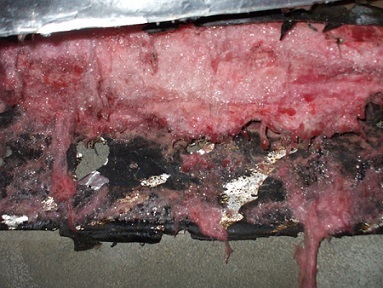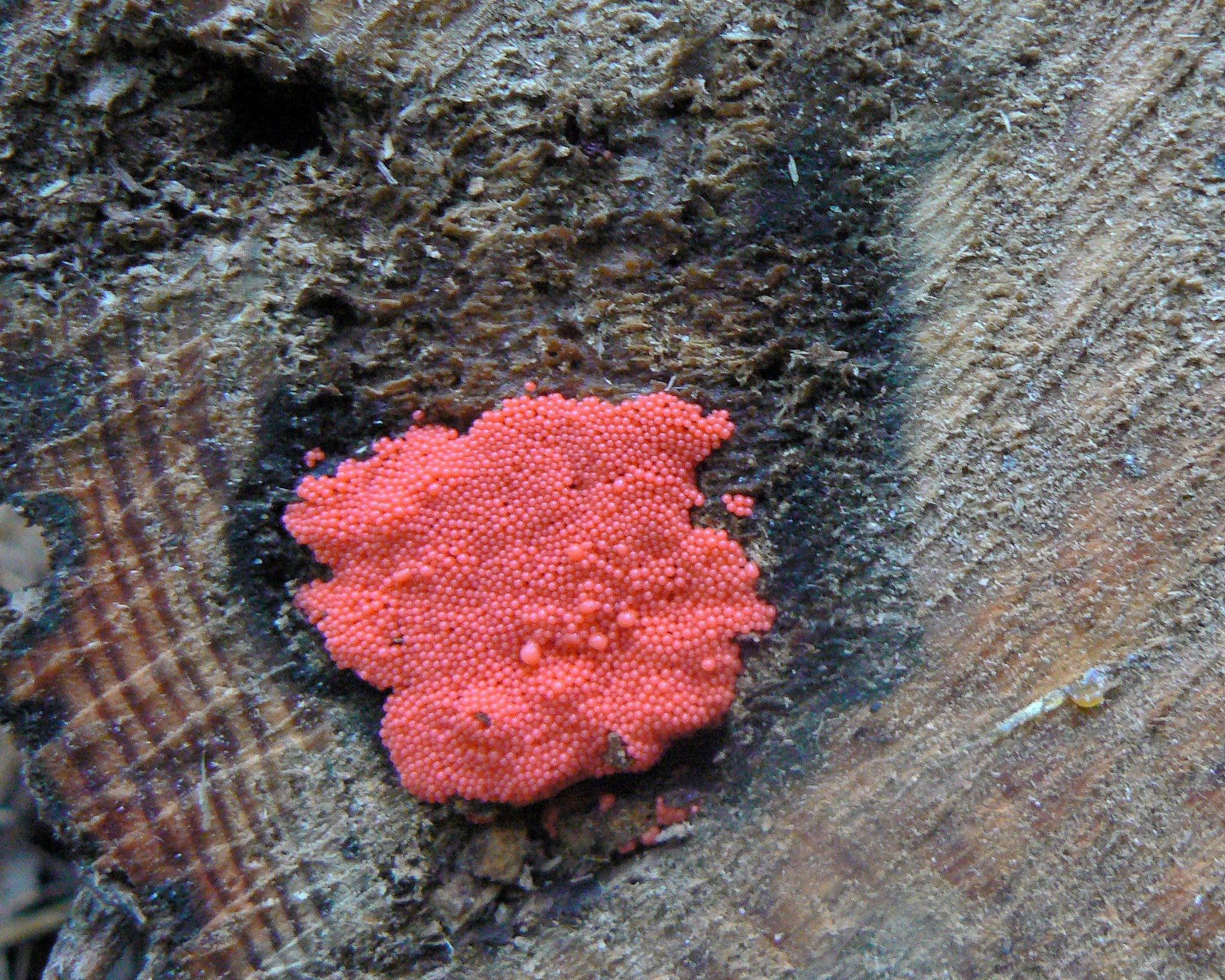What Causes Pink Mold In Bathroom

Pink mold is a common problem in many households and this mold is usually found in the bathroom area within the home.
What causes pink mold in bathroom. You can get rid of pink mold in three basic steps. Pink mold is actually a common name for bacterial growth that sports pink color. Aureobasidium is a common bathroom mold frequently found growing around damp window frames and on caulking. Soap and water alone won t kill mold but many common household cleaners do.
The one where it looks more orange than pink but people still call it pink. There are a few different types of pink mold including fusarium and aureobasidium. Good news is it s not mold. Check for leakages from pipes and bathroom fixtures that cause water buildup.
As already stated pink mold feed on soap scum and shampoo residue. The shower is the perfect place for these bacteria to grow as they can feed on the mineral deposits left behind by soap scum and the fatty deposits in personal hygiene product residue. Although this gunk is commonly called either pink mold or pink mildew it is actually a type of water borne bacteria serratia marcescens. Just like any other actual mold fungi pink mold can cause health risks especially for the most vulnerable groups of people.
The one that every single bathroom in the world has. Well i have a couple of good news and bad news for you. Pink mold can cause urinary tract infections and infection of wounds so it s in your best interest to give your shower a good scrub as soon as you see it starting to form. Pink mold usually appears as a fuzzy but not in a good way or slimy buildup in damp areas of your home most commonly on the shower curtain or the grout between bathroom tiles.
You know the pinkish mold in your bathroom. Unlike run of the mill green molds like cladosporium or the infamous toxic black mold stachybotrys chartarum the pink mold in your shower isn t actually mold at all. Deny pink mold these food sources and they re likely to stay away as a result. Pipe leaks cause water to accumulate even if you re not using the bathroom hence the build up of pink mold.
This type of organic growth prefers a damp area and it thrives in materials such as bathroom grout toilets and other areas around the bathtub shower and toilet. Bad news is it s more likely to be bacterial growth. Pink is not always a pleasant color especially if it signifies serious health hazard. Inside of the bathroom you are most likely to notice pink residue in the shower which is why it is often referred to as pink shower mold.
